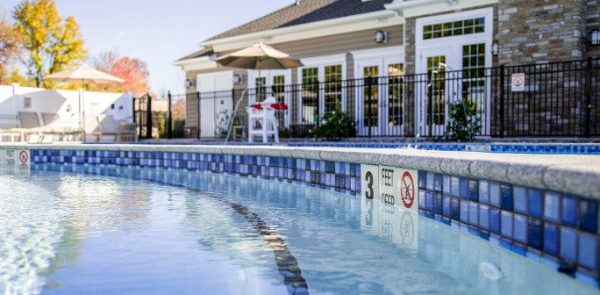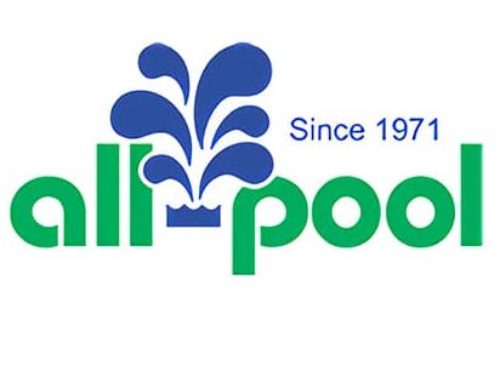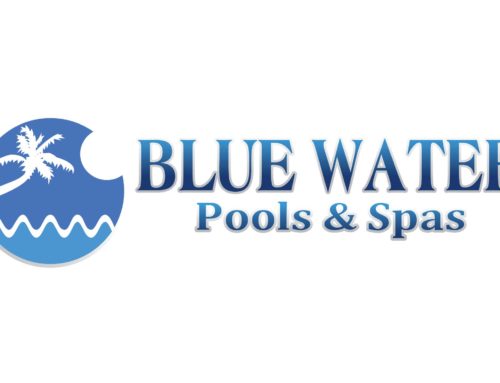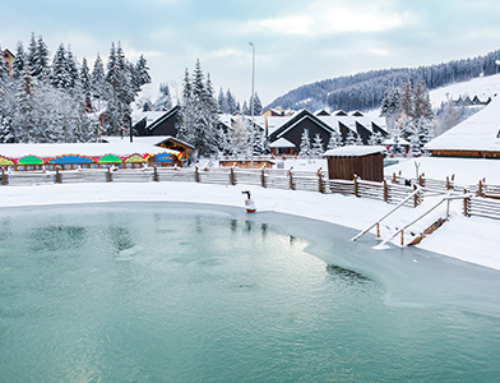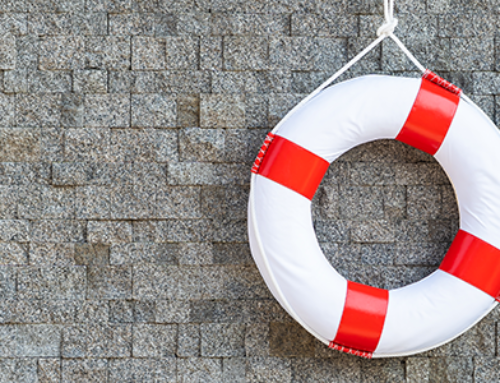After opening your facility’s pool for the season, it is important to keep up with regular maintenance. Proper maintenance and upkeep of your pool is necessary to keep it clean and safe throughout the summer. During the pool season, there are semi-weekly, weekly, and monthly pool maintenance tasks required. Here’s a checklist of the important details you should look for when maintaining your pool throughout the season.
Semi-Weekly Maintenance
Skim off Debris
Use a long-handled pool skimmer to remove leaves, insects, and other debris floating on the pool’s surface. Try to do this before debris sink to the bottom. Once at the bottom of your pool, debris removal will be more difficult.
Clean Skimmers
How often skimmer baskets should be emptied depends on the amount of debris that gets trapped in them. Skimmers operate more efficiently without a lot of debris build up.
Weekly Maintenance
Brush the Pool
Using a pool brush, brush the sides and bottom of the pool. Brush towards the main drain so that the sediment can be easily vacuumed.
Vacuum
Vacuum your facility’s pool to remove debris that sunk to the floor of the pool.
Check the Water Level
Pool water evaporates in the heat and accumulates when it rains. You should do a weekly check making sure your facility’s pool remains at the proper water level. The water level should remain at approximately the midpoint of the skimmer to ensure that it functions properly.
Check the Filter
Filters help keep your pool water clean by trapping small particles and debris. There are three main types of pool filters: sand, DE, and cartridge. They should be maintained weekly. You should check the pressure and cleanliness of your filter. The type of pool filter determines how it should be cleaned and maintained. It is important that you follow your manufacturer’s guidelines for how to properly maintain your filter.
Shock
A shock treatment restores clarity to pool water. It cleanses the pool of germs, bacteria, algae, and other organic matter that may have accumulated throughout the week.
Test and Adjust
pH Levels: The pH refers to the level of acid and base in the pool. A pH that is too high will affect the chlorine, making the water cloudy and possibly causing skin irritation. On the other hand, a pH level that is too low will rapidly dissipate chlorine, causing eye irritation and corrosive water. Corrosive water can damage the basin and equipment. The optimal pH level is 7.4.
Sanitizer Levels: Free Chlorine levels should be between 1-3 parts per million (ppm). Free Bromine levels should be between 3-5 ppm.
Alkalinity Levels: Total Alkalinity (TA) keeps pH levels stable. TA levels should remain between 80-150ppm.
Salt Levels (for saltwater pools): Salt levels should remain between 2700-3400ppm. The optimal salinity level for pools is 3200ppm.
Monthly Maintenance
Test and Adjust Calcium Hardness Levels
Scaling, or water deposits, can appear on the pool walls and equipment when too much calcium is present in the water. When there is too little calcium, surface pitting is possible. The ideal range for calcium hardness levels is 200 to 400 ppm, with a minimum of 150 ppm.
Test for Total Dissolved Solids
Total dissolved solids (TDS) is the total of all solids dissolved in water. These solids are typically metals, minerals, and salts. Swimming pools should have a maximum of about 1,500 ppm TDS. However, it is recommended that pool water be maintained at 1,200 ppm.
Chemically Clean Filter
In addition to the weekly removal of filter debris, you should also chemically clean it monthly.
Check Pool Liner Integrity
If you have a vinyl pool liner, check for holes and tears. Make any necessary repairs to the liner as soon as possible.
Inspect All Safety Equipment
Inspect ladders, handrails, diving boards, and other pool equipment to make sure that bolts are tight. If anything seems loose or if parts of the equipment are deteriorating, repair or replace them immediately. It’s also a good idea to make sure that your pool gate latch still works properly. Guest safety is a top priority!
Check Motor and Pump Seals
Check to make sure that seals on the pool’s motor and pump are properly secured.
There are multiple details to consider when ensuring that your pool is properly maintained. Proper maintenance assures that your facility’s pool remains clean and safe throughout the season. Some pools may need additional maintenance depending on the location of your facility. If you are unsure of these additional details, contact your pool’s maintenance professionals to handle the specifics. You can also contact your local American Pool office to keep your pool safe and sparkling!

